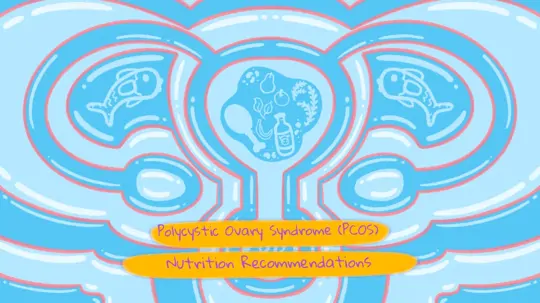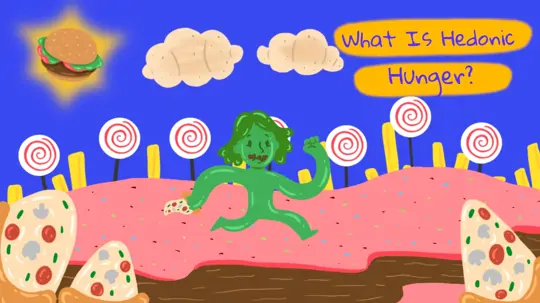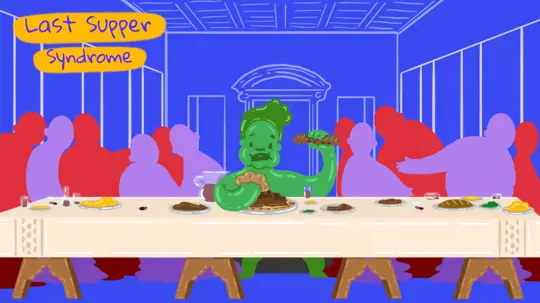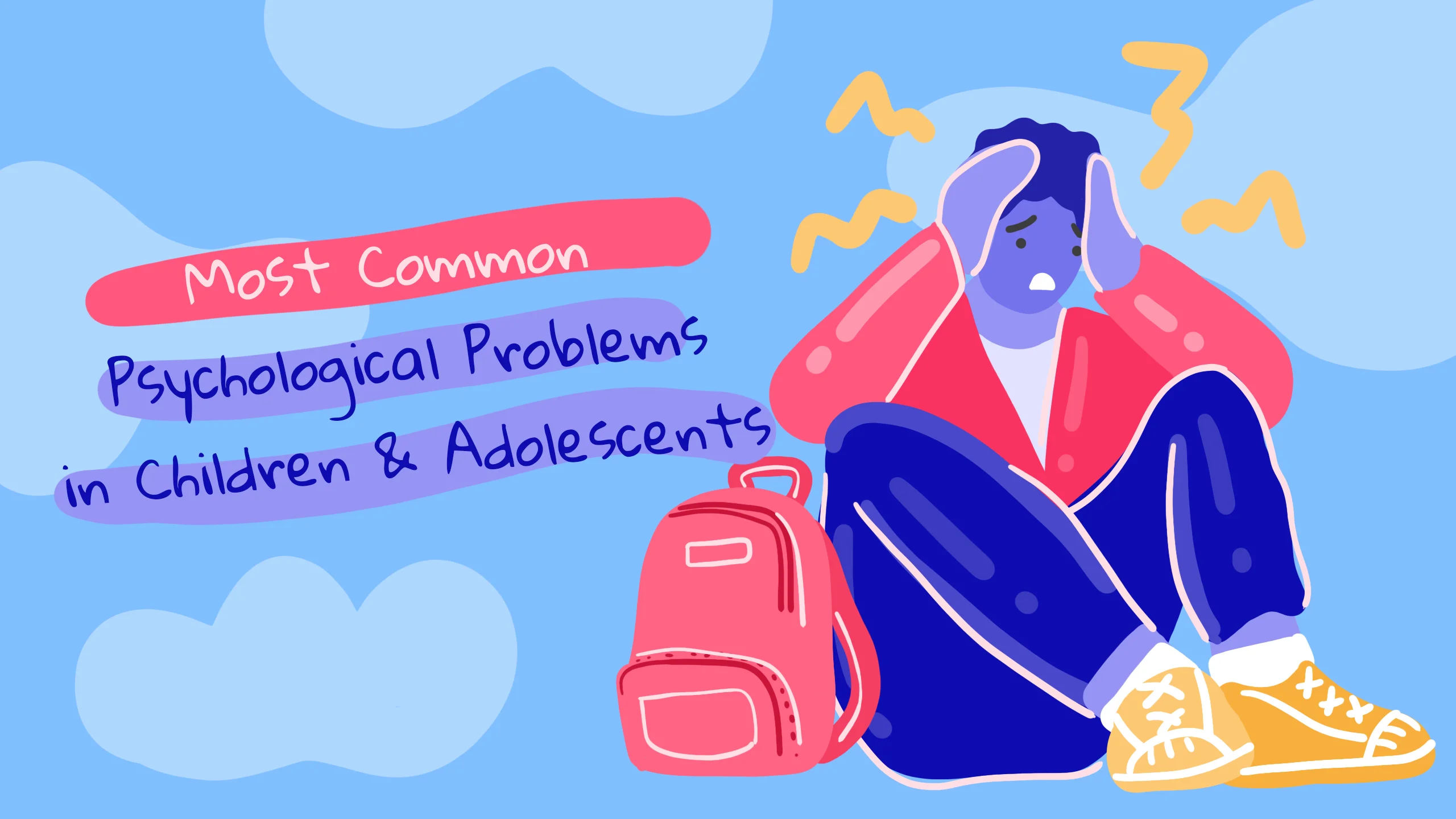
Start feeling better today!
Connect with your therapist today and take control of your life like our 850.000 happy clients.
Get StartedThe Most Common Psychological Disorders and Symptoms in Children and Adolescents
It is critical to identify psychological disorders seen in childhood and adolescence because it is necessary to recognize an abnormal situation based on the developmental period and age and to implement appropriate interventions for the developmental period. It is also critical for the family to accept the condition and respond appropriately.
What is Attention Deficit Hyperactivity Disorder in Children and Adolescents?
Attention deficit and hyperactivity in children and adolescents refer to situations in which they are unable to act effectively. Children and adolescents with Attention Deficit Hyperactivity Disorder (ADHD) exhibit impulsivity, exaggerated motor activity such as aimless or random hyperactivity or restlessness, and difficulty focusing and maintaining attention.
Children and adolescents with ADHD are easily distracted and frequently fail to follow or meet expectations for instructions. They have academic and social difficulties, compared to their peers. As a result, children and adolescents diagnosed with ADHD may need more time in exams. Visit our article for more information on Attention Deficit Hyperactivity Disorder in Children and Adolescents.
What is Oppositional Disorder in Children and Adolescents?
Oppositional Defiant Disorder refers to how children and adolescents interact with social norms and codes of conduct. Oppositional Defiant Disorder is characterized by antisocial behavior. Antisocial behavior is defined as behavior that violates the rights of others or violates the law or social norms. For example, intentionally starting a fire or stealing are both examples of inappropriate behavior1.
The most important feature of the behavior of children and adolescents with Oppositional Defiant Disorder is that they are negative, defiant, unyielding and hostile towards authority figures1. Oppositional Defiant Disorder is more common in boys than in girls, and family conflict, socioeconomic disadvantage, and parental antisocial behavior can all be identified as risk factors.2.
What is Conduct Disorder in Children and Adolescents?
The most basic symptom of conduct disorder in children and adolescents is a persistent violation of behavioral rules and disrespect for the rights of others. Children and adolescents with conduct disorder have generally poor social skills.
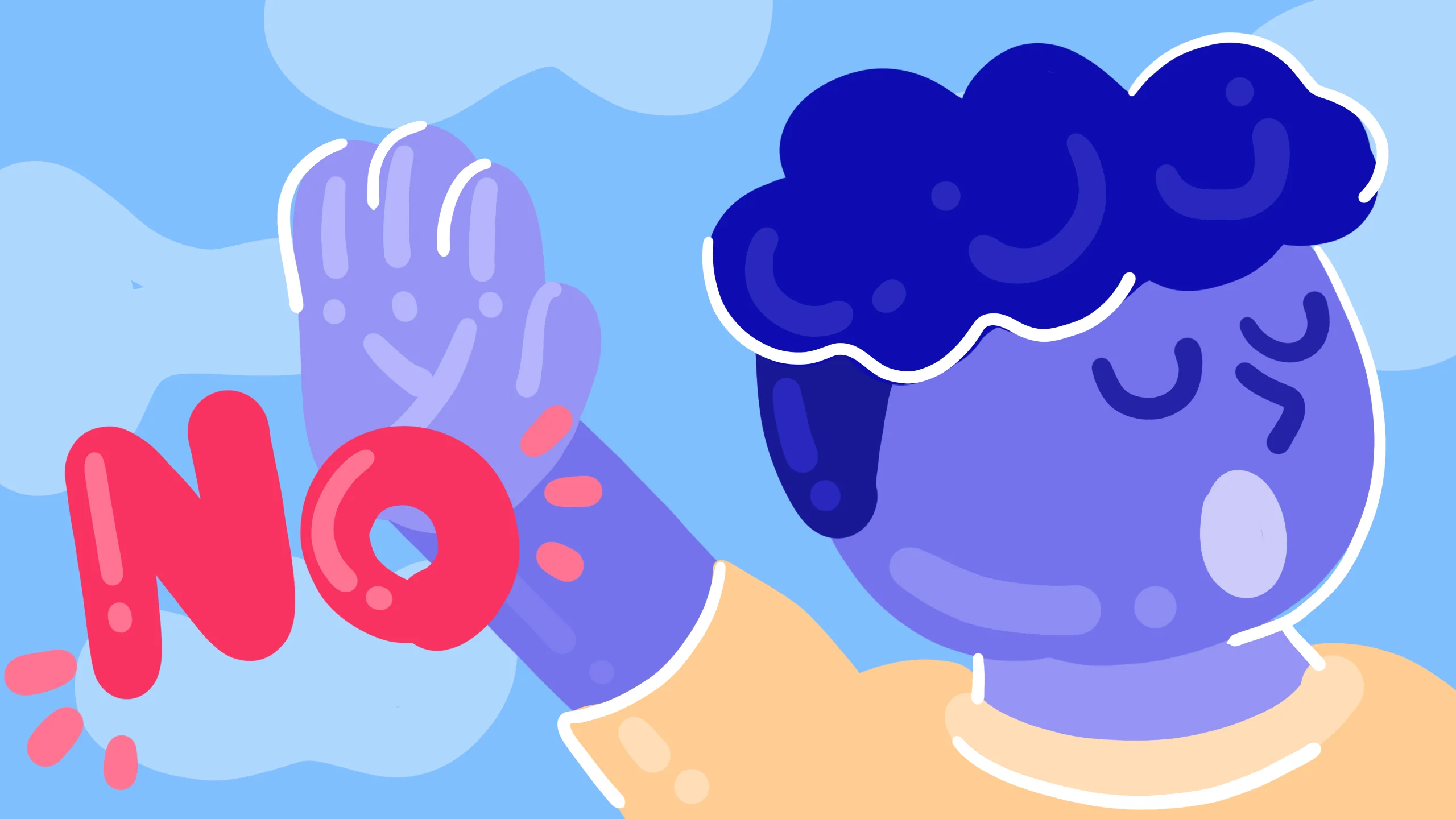
Overt or covert aggression, disobedience, physical and verbal aggression, a tendency to constantly argue and fight, cruelty to animals, vengeance, destructiveness, lying, stealing, and outbursts of anger are all symptoms of conduct disorder in children and adolescents. These children frequently exhibit inappropriate behaviors for their age. For example, they may act sexually without reservations or engage in sexual aggression.1.
Behaviors such as bullying, vagrancy, arson, robbery or attempted murder may be seen in children and adolescents with conduct disorder.
According to the clinical picture, Oppositional Defiant Disorder precedes Conduct Disorder, which then transforms into it. Antisocial Personality Disorder can be diagnosed in children and adolescents who exhibit these symptoms after adolescence. Substance use, abuse, or addiction can also be seen later in life.
The Causes of Oppositional Defiant Disorder and Conduct Disorder in Children and Adolescents
Because Oppositional Defiant Disorder preceded Conduct Disorder and shares many symptoms, we'll look at the causes together.
Failure to be securely attached in early childhood may result in oppositional defiant disorder and subsequent conduct disorder in childhood or adolescence. Failure to form secure attachments in early childhood may result in Oppositional Defiant Disorder and, later, Conduct Disorder in childhood or adolescence.2.
Furthermore, neuropsychologically inadequate functions, according to research, may pave the way for the emergence of these disorders in the coming years. Individuals with low verbal intelligence, for example, may resort to aggressive behavior when they are unable to express themselves.1.
Interventions for Oppositional Defiant Disorder and Conduct Disorder in Children and Adolescents
Bullying and violent actions like "teaching the child his place" are a part of our culture, so we all see them. However, these actions may make the problem behaviors worse instead of making kids or teens stop doing them.
Unless the child or adolescent changes their environment, interventions for these disorders will be ineffective. As a result, focusing on the family, which is known as the child's closest environment, is one of the most effective approaches to creating a Binding Family Model.1.
Behavioral methods are another type of intervention approach. Both the family and the child are worked on here, and by teaching the family control techniques, it is possible to ensure that they reward compatible behaviors while eliminating situations that reinforce maladaptive and negative behaviors.3.
Child and Adolescent Anxiety Disorders
We are not completely immune to adverse events in childhood or adolescence, as we are in adulthood. As a result, traumatic events can cause anxiety disorders in children and adolescents, just as they can in adults.
What is Separation Anxiety Disorder in Children and Adolescents?
You may have seen children who only interact with their family members and cry and worry when someone else wants to hold them. These children may be suffering from a psychological condition known as separation anxiety.
Children and adolescents with separation anxiety disorder are extremely uncomfortable and anxious when they leave their home or family. Furthermore, these people are overly concerned about losing family members or them getting hurt, even though there is no reason to be concerned. For these reasons, they refuse to go to school or anywhere else in order to avoid being separated from them. They even avoid being alone with other people who are not family members or who make them feel uncomfortable.4.
Selective Mutism in Children and Adolescents
It is possible to encounter children who do not speak, despite the fact that they do not have developmental speech problems, or individuals who are rarely in adolescence in the presence of other people other than their parents and siblings or those living in the same house. This is known as selective mutism, and it is evaluated under the category of anxiety disorders in children.
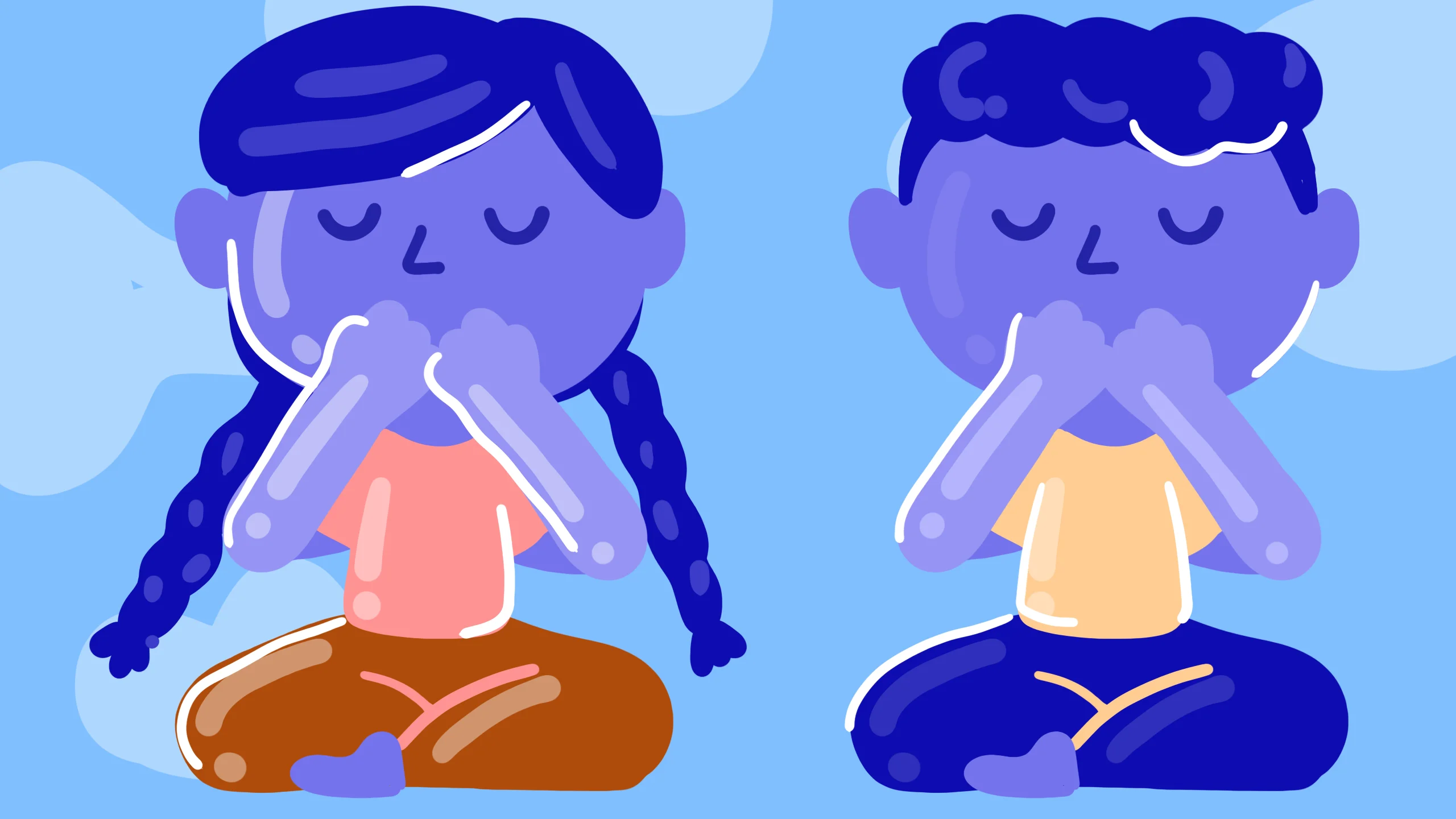
Selective mutism is an anxiety disorder that impairs or prevents education and social adaptation in a specific social situation. To say that a child is experiencing selective silence, the child must be capable of speaking1.
Causes of Anxiety Disorders in Children and Adolescents
Children with anxiety disorders have a more sensitive nature than their peers, and as a result, they are more easily affected by negative stimuli. As a result, they are difficult to calm down.
Things like being in the hospital, having a serious illness, or getting into an accident when a child is young can cause trauma and set the stage for this type of anxiety disorder.
Indifferent or disconnected behaviors by parents, or excessively anxious and protective behaviors by mothers and fathers, may also set the stage for children to develop anxiety disorders. Moving away from the child's friends or social environment, as well as being exposed to stressful situations and being vulnerable to them, can all play a triggering role5.
Interventions for Anxiety Disorders in Children and Adolescents
Self-confidence training can be provided, allowing children to recognize and master their own abilities. Behavioral techniques and procedures may also be beneficial in lowering proneness to anxious behaviors. Working with a psychiatrist can help a child or adolescent get the medication they need if they are anxious.
Sources
- Butcher, J.N., et al., 2013, Abnormal psychology. (1st Edition). Istanbul: Kaknüs Publications.
- Aggarwal, A., et al., 2022, Oppositional Defiant Disorder, StatPearls Publishing.
- Mohan, L., et al., 2022, Conduct Disorder, StatPearls Publishing.
- Hu H., et al., 2021, Association Between Family Structure and Anxiety Disorder Among Pre-schoolers: A Cross-Sectional Study in Urban Chongqing, China. Frontiers Psychiatry.
- Cuijpers P., et al., 2021, The Associations of Common Psychological Problems With Mental Disorders Among College Students, Frontiers Psychiatry.
